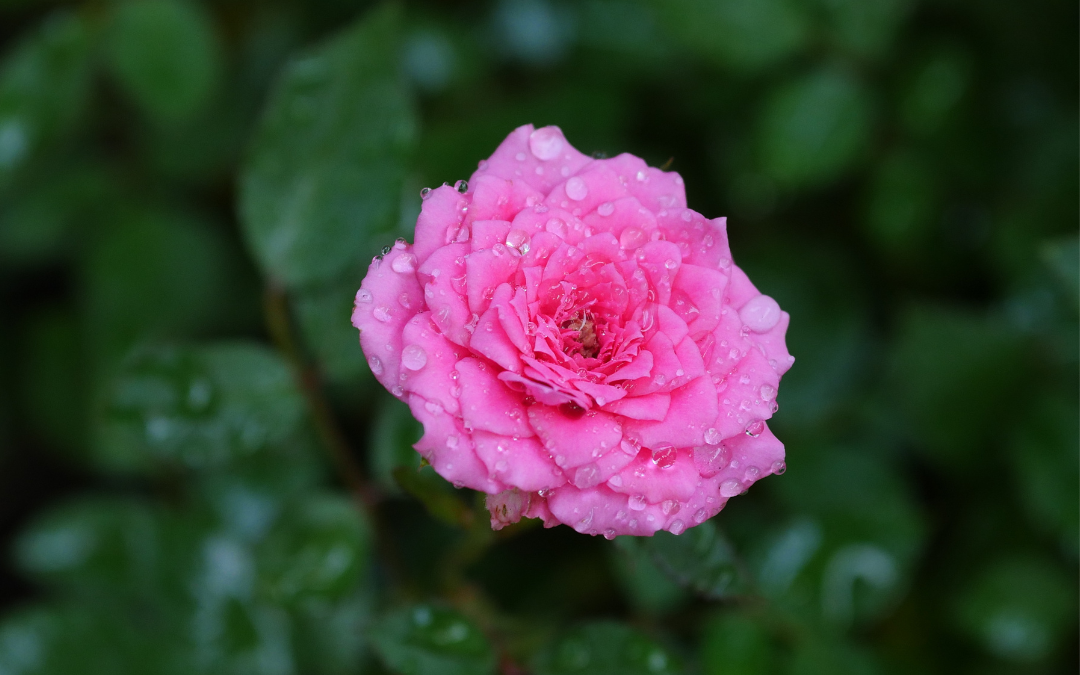Miniature roses may feature smaller blooms, yet the wide variety of colours they come in is quite impressive. These petite beauties are a great way to add personality and colour to your garden. Not only are they beautiful, but they can also withstand even harsher winter conditions better than some other roses. Garden roses are some of the most popular flowers you can plant in your garden.
About Miniature Roses

Miniature roses have been around since the 17th century and were mostly developed from China roses native to Asia. However, they still hold many of the same properties, and need to be planted in spring for optimal growth. There is an extensive range of miniature rose varieties that can reach between a foot to three feet in size. Just like other roses, these miniatures come in different colours, fragrances and are perennial plants. Popular varieties include Trailers, Climbers and Micr-mini.
Blooms
Miniature roses, much like their larger counterparts, bloom from mid-spring through early fall. Some can even bloom year round when provided with the optimal living conditions – but not usually in Canada. Regular maintenance of your plants can help them to keep blooming for longer. Deadheading the faded blooms, before they form into hips, can be a great way to promote the plant’s growth and prevent it from going into dormancy, which is indicated by seed production.
Pests
Unfortunately, miniature roses are subject to the same problems as larger roses, including black spot, a fungal disease. Powdery mildew can also be an issue. To avoid both of these inflictions, improve the air circulation around your roses by planting each bush a few feet apart and watering the plant from the base of the roots instead of overhead.
Tip: It is essential to get rid of any diseased debris as soon as possible to avoid further infection. Be watchful for pests or insect damage such as Japanese beetles, thrips, mites or chafers; and take prompt action if there are signs of any kind of infection by using an insecticide.
Miniature Rose Care Instructions

These tiny blooms can be grown in containers, flower beds, or even as a border along a walkway. With their hardy, disease-resistant nature and easy maintenance requirements, miniature roses are perfect for beginners or experienced gardeners alike. Whether you’re looking to create an enchanting miniature rose garden or simply add some stunning color to your outdoor space, these petite blooms will surely get the job done. To grow miniature roses at home, follow the care instructions below and be sure to plant in zone 5-11.
Full Sun
Miniature rose plants require full sun to thrive, although they can tolerate some shade. However, if kept in shady surroundings for too long, their foliage and flowers may become sparse. If you want your bush to bloom at its fullest potential and ensure maximum disease resistance, make sure it gets at least six to eight hours of sun each day.
Soil
Roses thrive in nutrient-rich, well-drained and loamy soil. A great option for these blooms is to have them in patio containers. If you’re doing this, don’t use garden soil for your pot of roses since it won’t have the same effect. When it comes to container gardening, potting soil is the ideal choice as it is light and has all the nutrients needed for successful growth. Garden soil can be too dense and restrict water flow, potentially depriving the root system of air which can cause root rot. Potting soil drains well, so there are minimal chances of this happening.
Water
As a thumb rule, roses need to be watered at least one inch in a week; either daily, alternate days or simply twice every week. While watering your plants, it is important to ensure they are watered deeply. This encourages the root system to expand and become stronger. Additionally, when you water them, aim the hose at the base of each plant rather than spraying the blooms directly. This helps preserve their delicate structure. The extent of water consumption for your rose bush varies depending on the type of soil and the climate conditions.
Tip: Miniature roses need more frequent watering than regular-sized roses when the temperature is scorching outside. This is because their root system is smaller, so they are more vulnerable to dehydration.
Fertilizer
Miniature roses require heavy fertilization for them to bloom throughout the season. You can use any store-bought rose fertilizer or general all-purpose fertilizer, but make sure to follow the instructions written on the label accurately. For optimal plant health, it is important to nourish your roses when their first leaves sprout and after each bloom. It should be noted, however, that feeding should be stopped roughly six to eight weeks prior to the initial frost in order to prevent any fresh growth from being destroyed by the cold.


